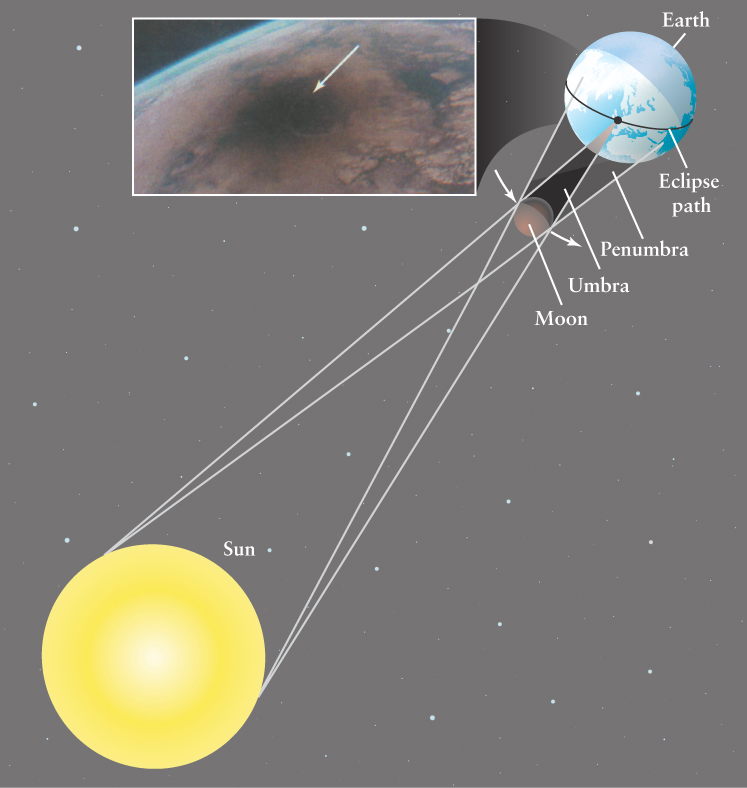
Figure 3-11: R I V U X G
(Photograph by Jean-Pierre Haigneré, Centre National d’Etudes Spatiales, France/GSFS/NASA)